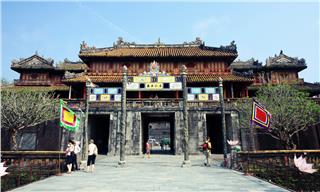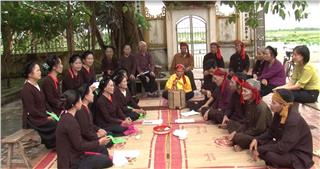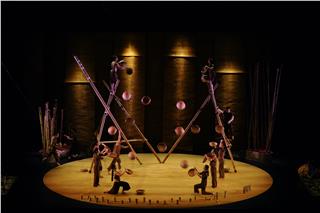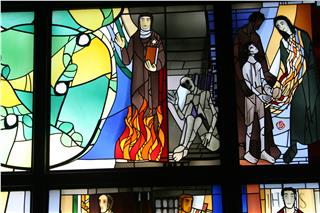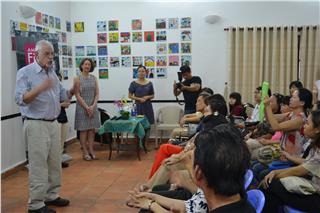Glass painting in Vietnam
Tue, 09 Sep 2014 . Last updated Thu, 25 Jun 2015 08:48
-
 Adam Khoo shared his secret to success for Vietnamese businessmen 4625 viewed
Adam Khoo shared his secret to success for Vietnamese businessmen 4625 viewed -
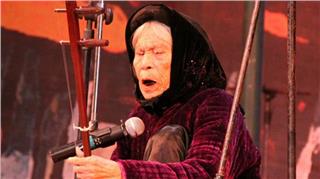 Xam singing – the Vietnamese folk music 4467 viewed
Xam singing – the Vietnamese folk music 4467 viewed -
 Biodiversity of Vietnam in insect world 3959 viewed
Biodiversity of Vietnam in insect world 3959 viewed -
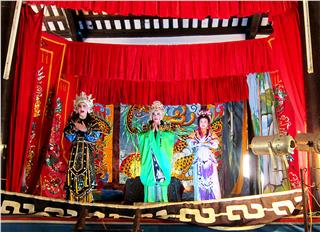 Imposing cultural events in Vietnam 3943 viewed
Imposing cultural events in Vietnam 3943 viewed -
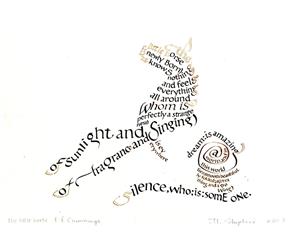 Margaret Shedperd and calligraphy journey in Vietnam 3932 viewed
Margaret Shedperd and calligraphy journey in Vietnam 3932 viewed -
 Training session of Jonathan Quek in Vietnam 3580 viewed
Training session of Jonathan Quek in Vietnam 3580 viewed -
 Catherine Karnow and photos of General Giap 3310 viewed
Catherine Karnow and photos of General Giap 3310 viewed -
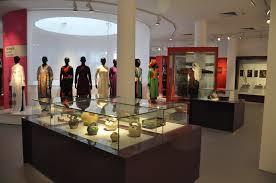 News and cultural events in Vietnam 3212 viewed
News and cultural events in Vietnam 3212 viewed -
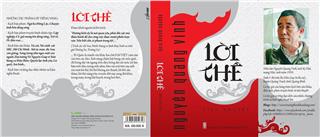 Oath novel of Vietnam seas and islands 3169 viewed
Oath novel of Vietnam seas and islands 3169 viewed
You have probably heard of the glass painting or the art of glass blowing from Murano, Italia. This today’s program will introduce you to a Hanoi man who is known in Vietnam for creating glass painting and delicate craft of engraving.
Mr. Pham Hong Vinh considers as Vietnam master of glass painting which is began with the simple sketches. The sketching is scanned into the computer design system where Mr. Vinh was outlined his drawing to cater for carving on the glass then. With 24 years in the trade now, Mr. Vinh is the first person making glass painting in Vietnam. He said that technologies have made his job much easier. A specialized laser print will draw the outlines onto a sheet of sticky back plastic and this in turn will be pasted onto the glass to create the base for carving to begin.
Before, he used to be in the ceramic trade, where he would mold embossed paintings on the surface of the ceramic. He later found that he could apply the same techniques but in engraving upon glass and the later, on adding color, before also putting it in a kiln.
After that, this is often the dustiest part. The artisans use sand in the sand blast on to carve on glass flashy. Then Vinh will polish the carving to ensure a smooth surface. An essential step among the eight-part routine is painting to ensure not only vibrant but also sustainable coloring for the glass. According to Hai Ha who has been working as the workshop of Mr. Vinh for 10 years, this job requires the aesthetic eye. When we paint onto the glass, we do it from the back surface. Thus we are actually carrying out the whole process in the opposite direction of the original paintings. It is the most difficult part and we have to employ our imagination. In other trades, the process of drawing is rightwards, whereas in glass everything is backwards.
When we paint, we paint on the backside, but what we will see in the end is on this side. After the painting process, we will put the glass sheet into the kiln at a degree of 700 degree Celsius. The colors will melt and cling onto the glass surface. The glass can then withstand all weather conditions, whether it is wind or rain, any types of chemicals or any kind of collision. This glass has attained what people call “eternal sustainability”.
Thanks to the durability and beauty, Mr. Vinh’s glass artworks have been created mostly in housing design, adding fresh brightly colors and space for the room. Now, Mr. Vinh glass painting not only utilizes in the modern architecture in houses or the ceiling but it is also in augmentation to historical architectures. Dai On church in Chuc Son was built in 1918, located in the easternmost part at the capital city of Hanoi. You will see in the following how it is utilized in this church.
Mr. Vinh has already helped the church remodel and decorate for many older windows. The glass can withstand enormous amount of force and it is almost impossible to break. Another unique thing is that, these glassworks hold special meaning. Whenever one looks at them, it’s learning a story, a lesson from the Bible and helps people understand more about Christianity. For Mr. Vinh, the process of making glass paintings have allowed him to not only strive for high quality and sustainable glass works but also to contribute restoring such long-standing buildings as well as new design features to Vietnam architecture.
Source: VTV4 – VTV.vn
- Tags:
- Vietnamese culture
- Vietnam culture
- Vietnam architecture
- culture of Vietnam
- glass painting in Vietnam
- Vietnam glass painting
- Vietnamese cultural event

